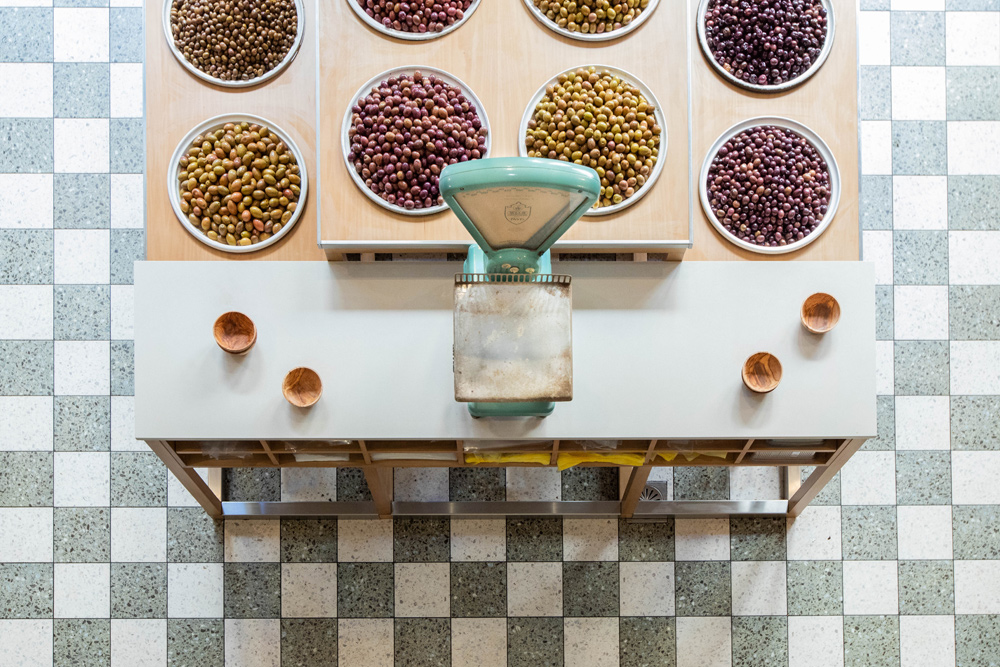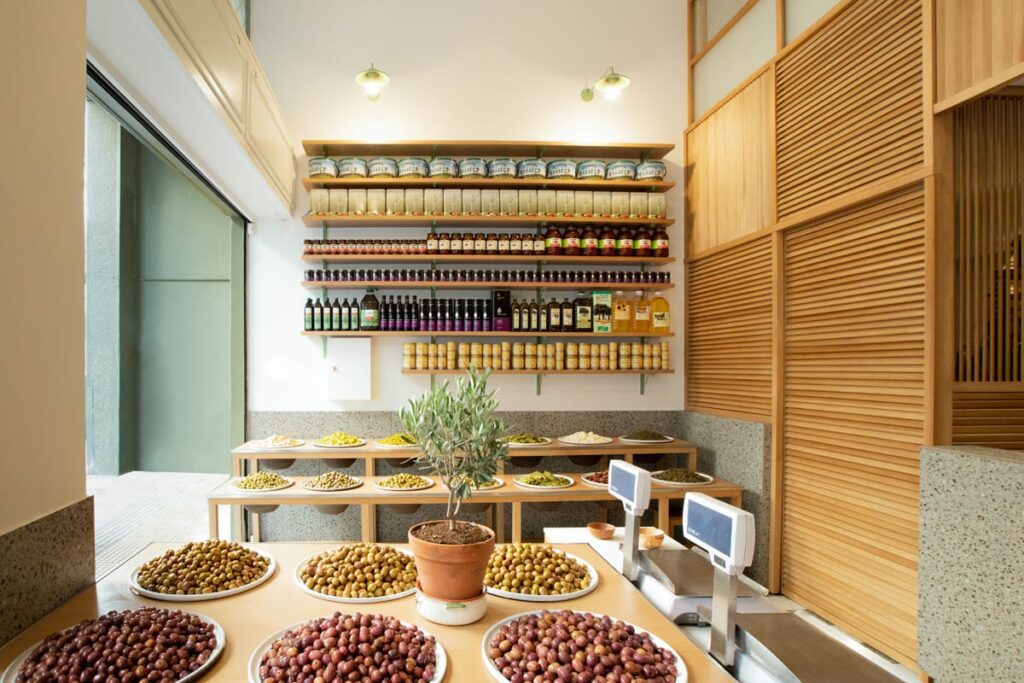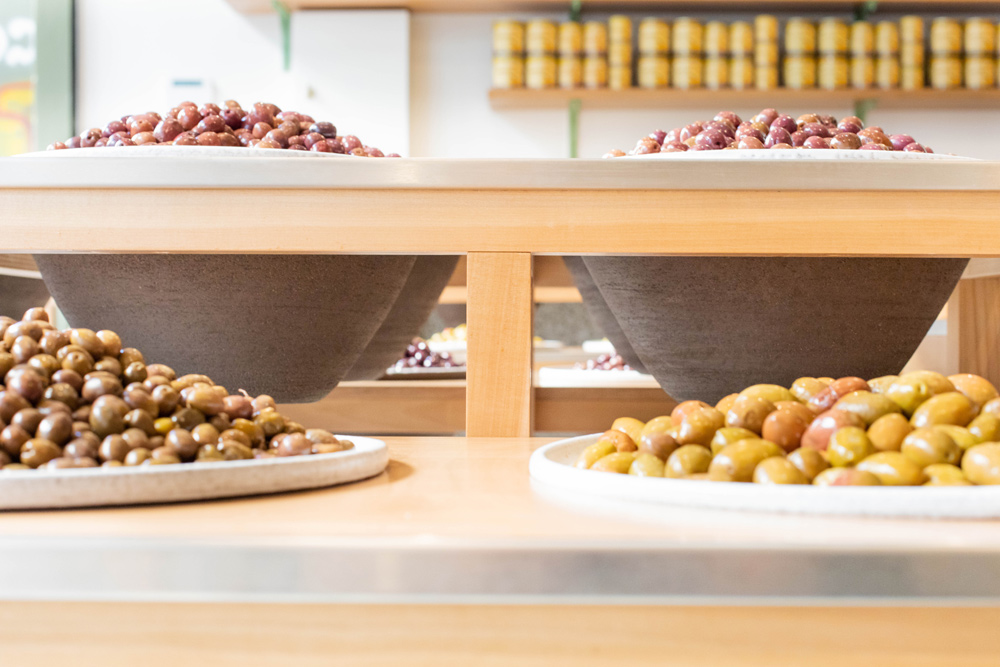This beautifully designed museum located in Sparta invites visitors to discover the rich culture and history surrounding Greece’s famed olive and olive oil production – from prehistoric times to the early 20th century.
Housed in a two-storey, industrial stone building the Museum of Olive and Olive Oil is a place where you will also learn about olive oil’s many uses as this area is one of the main olive-producing locations of Greece.
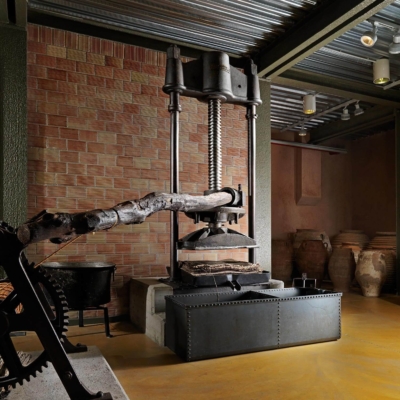
For each historical period, guests are able to learn about the contribution olives and olive oil have made to Greece’s economy and the way in which Greeks use it in their everyday life- from its health and beauty benefits to its influence on Greek mythology, religion, art, and technology.
On the lower floor, you will find post-byzantine technology of the olive mills and a section about domestic and industrial soap-making. In the open-air exhibition, visitors can get up close to the three different oil press machines, one prehistoric, one Hellenistic, and one from the Byzantine era.
The upper floor highlights the first testimonials of the olive as well as its contribution to Greece’s economy and shows written testimonies dating back to the 14th century, on Linear B inscribed tablets, while there are also exhibits of rare fossilized olive leaves approximately 50.000-60.000 years old, that were found in Santorini.
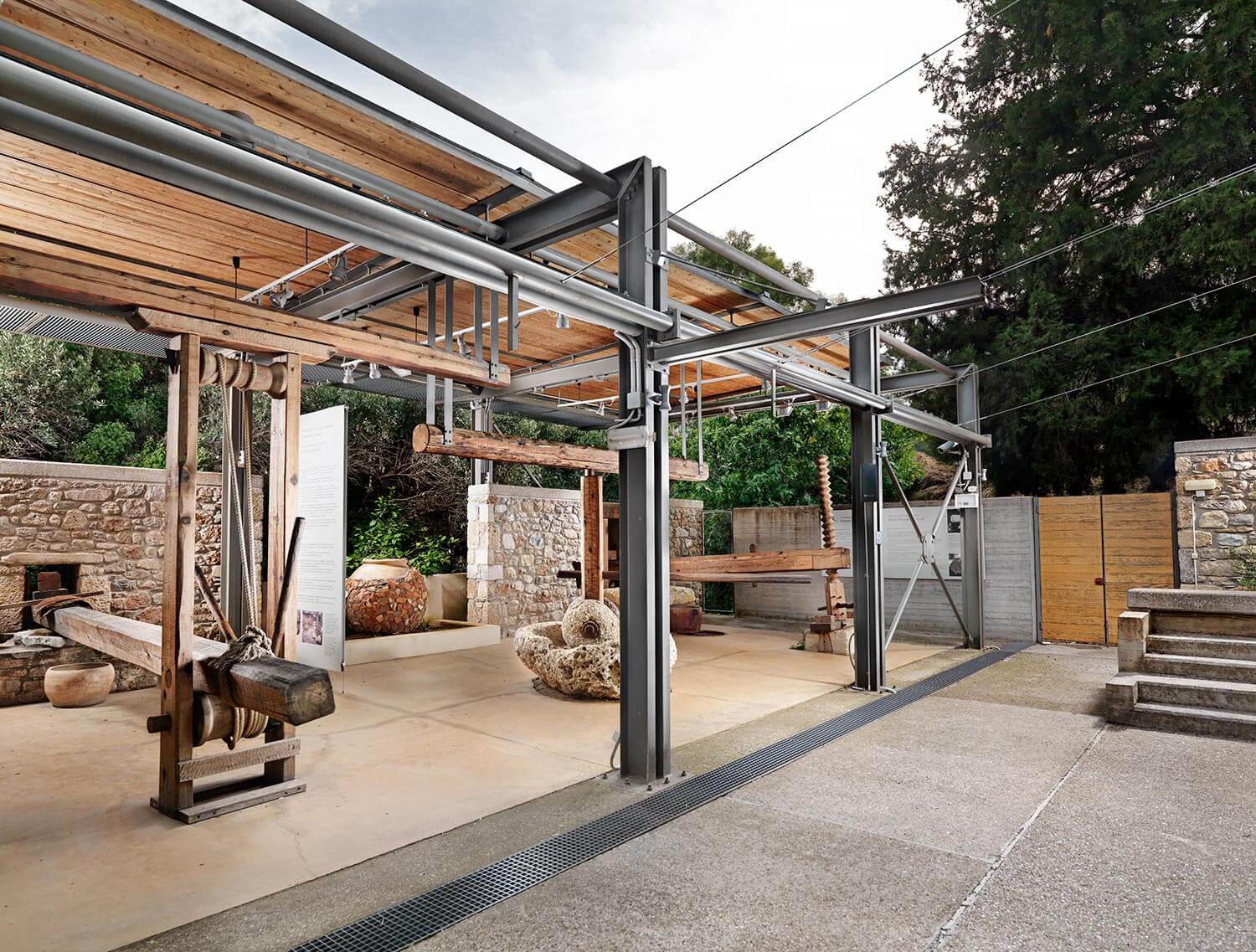
Throughout the space, you will also see an impressive wooden double press with a winch from the neighbouring village of Xirokambi, and an olive press from the island of Lefkada, which documents the survival of animal power in the 20th century, as well as models representing the functioning of engine-powered olive presses. And at the end of the visit, you will be given details of archaeological sites to olive oil production in the Peloponnese if you wish to continue your journey of olive and olive oil discovery.
Information
Hours: 10 am to 6 pm (March 1st – October 15th)
10 am to 5 pm (October 16th – February 28th)
Admission Fee: 2€
Address: Othonos-Amalias 129, 23100 Sparta

